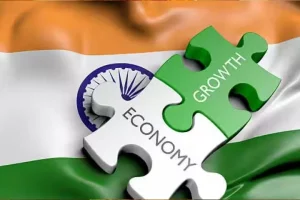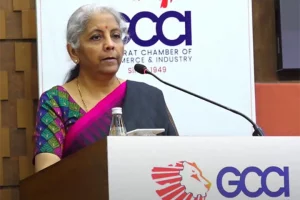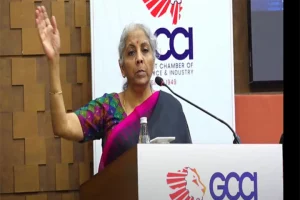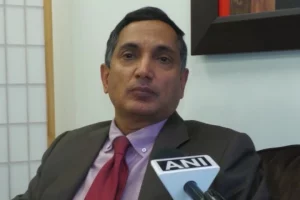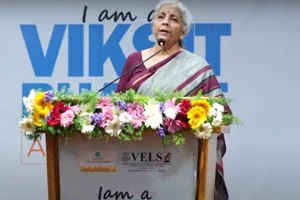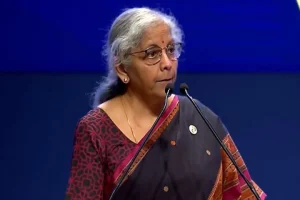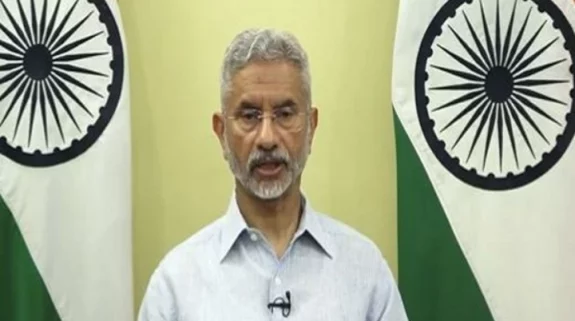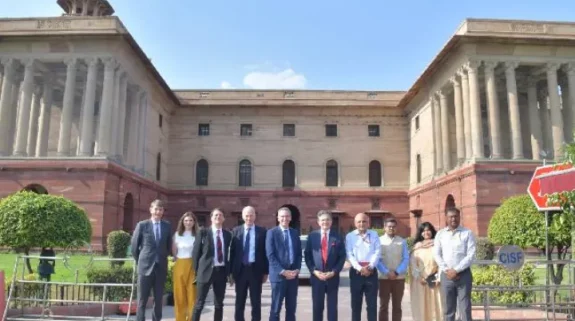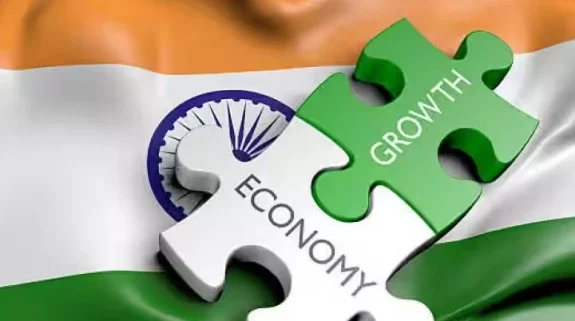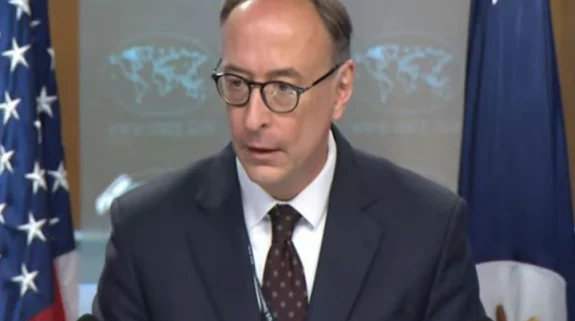The Economic Survey tabled in Parliament by Finance Minister Nirmala Sitharaman today has pegged India’s GDP growth rate for 2023-24 between 6 and 6.8 per cent. The growth projection is higher than the International Monetary Fund’s estimate of 6.1 per cent growth for 2023-24.
“India withstood an extraordinary set of challenges better than most economies,” the Economic Survey points out.
For the current financial year, growth is expected to be 7 per cent.
India’s economy has rebound since the Covid-19 pandemic, but the Russia-Ukraine conflict which has triggered inflationary pressures and prompted central banks to reverse the soft monetary policy continues to pose a challenge, the Survey explains.
Robust private consumption – the highest during the first half of the current financial year since 2014-15 has led to a boost in production activity and enhanced capacity utilisation across sectors, according to the Survey.
It said that the Central Government’s capital expenditure is one of the growth drivers of the Indian economy in the current year.
India also has sufficient forex reserves to finance its current account deficit (CAD) and intervene in the forex market to manage rupee volatility,” it observes.
Once the global shocks and challenges fade away, the Indian economic growth will pick up further, it added.
The Survey noted that the Indian economy is staging a broad-based recovery across sectors and is positioned to ascend to the pre-pandemic growth path in FY23. Besides retail inflation, which was one of the prime concern areas, has fallen to a level within the Reserve Bank of India’s comfort zone.
“This approach reflects a paradigm shift in the growth and development strategy of the government, with the emphasis shifted towards building partnerships amongst various stakeholders in the development process, where each contributes to and reaps the development benefits (Sabka Saath, Sabka Vikaas),” the Survey said, adding that the engagement with the private sector has borne fruit.
The Survey observed that the agriculture sector has grown at an average annual rate of 4.6 per cent in the last six years. The growth is partly attributable to good monsoons over the last few years and also due to the reforms undertaken by the government to enhance productivity.
The Economic Survey pointed out that a host of measures have been taken under Aatmanirbhar Bharat and Make in India programmes which will enhance the country’s manufacturing capabilities and exports across sectors. The National Logistics Policy (2022) is another critical pillar, which will create an overarching logistics ecosystem and lower the cost of logistics, bringing it on par with other developed countries. One of the key factors is the growth in non-food credit offtake. Credit offtake registered by the scheduled commercial banks has been growing in double digits since April 2022.
Also read: IMF says India still a bright spot as global growth seen slowing to 2.9% in 2023
Why India’s Economic Survey and Budget this year will be key for South Asia and world







